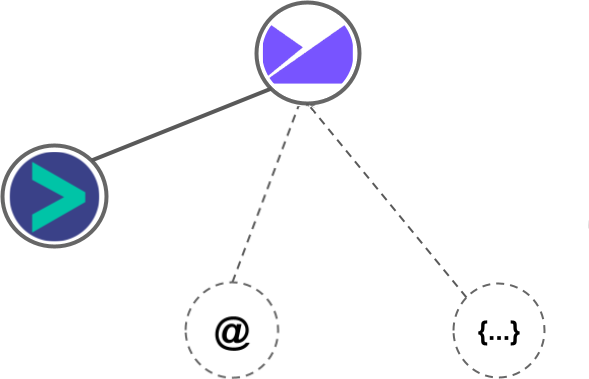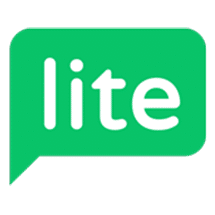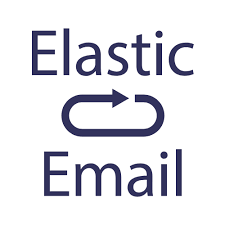Marketo vs Campaign Monitor
Hyperise integrates with 100's of sales and marketing tools, many of which are in the Marketing Automation category. With so many to choose from it's sometimes hard to know which is best, but don't worry, we've got your covered.
In this comparison guide we're going to look at the Highlights, Pros, Cons and Pricing of Marketo and Campaign Monitor. We'll also delve into the details of which offers the best personalization options within Marketing Automation, with there respective Hyperise integrations
Marketo
Pricing: Marketo offers a variety of pricing plans to fit different needs and budgets, including: 1. Email Marketing: starts at $1,005/month 2. Lead Management: starts at $1,295/month 3. Marketing Automation: starts at $2,495/month 4. Enterprise: custom pricing and solution tailored to specific needs.
Vs

Campaign Monitor
Pricing: Campaign Monitor offers three pricing plans: 1. Basic Plan ($9/month): This plan allows for up to 2,500 emails per month and includes all of Campaign Monitor’s features, including email marketing automation, customer segmentation, and analytics reporting. 2. Unlimited Plan ($29/month): This plan allows for unlimited emails per month and includes all of Campaign Monitor’s features, as well as additional features such as priority support and an unlimited number of team members. 3.
Marketo vs Campaign Monitor Highlights
Marketo and Campaign Monitor are two popular marketing automation platforms with distinct differences in features and target audiences.
Marketo offers a comprehensive suite of marketing tools for enterprise-level businesses, including lead management, email marketing, social media management, and analytics. It is designed to handle complex marketing operations and offers extensive integrations with other business software.
On the other hand, Campaign Monitor is focused on providing email marketing and automation solutions for small to mid-sized businesses. Its features include email design tools, subscriber list management, and automation workflows.
While both platforms offer email marketing capabilities, Marketo offers a broader range of features and is targeted towards larger businesses with complex marketing needs. Campaign Monitor, on the other hand, is suited for smaller businesses looking for a more lightweight solution that focuses exclusively on email marketing.
Marketo vs Campaign Monitor Pros
Marketo Pros
- Marketo offers a wider range of features than Campaign Monitor, such as lead scoring and lead nurturing.
- Marketo provides a more sophisticated and customizable automation platform.
- Marketo's reporting and analytics offer more advanced and detailed insights, including ROI and revenue attribution.
- Marketo integrates with a larger number of CRM and third-party systems, offering more versatility and flexibility.
- Marketo's customer support and training resources are more extensive than those of Campaign Monitor.
- Marketo's pricing plans offer more scalability and customization options, allowing businesses to tailor their subscription to their specific needs.
- Marketo is better suited for B2B marketing and larger organizations, while Campaign Monitor may be more appropriate for smaller businesses and simpler campaigns.
Campaign Monitor Pros
- Campaign Monitor offers more affordable pricing options compared to Marketo
- The user interface of Campaign Monitor is simpler and more intuitive, making it easier to use for beginners and small businesses
- Campaign Monitor offers a variety of pre-built templates, making it easier to create professional-looking email campaigns quickly
- Campaign Monitor has a strong focus on email marketing, which means it offers more specialized features and functionality for this specific purpose
- Campaign Monitor offers excellent customer support, with dedicated account managers and 24/7 live chat support available for all users.
Marketo vs Campaign Monitor Cons
Marketo Cons
- Marketo is a more complex and advanced platform than Campaign Monitor, making it harder for small businesses or beginners to navigate.
- Marketo has a steeper learning curve, requiring more time and effort to master than Campaign Monitor.
- Marketo is a more expensive option than Campaign Monitor, which can be a disadvantage for budget-conscious companies.
- Marketo is primarily focused on B2B marketing, whereas Campaign Monitor is geared towards small businesses and non-profits.
- Campaign Monitor offers a more intuitive and user-friendly interface, allowing for easier customization and campaign creation without requiring technical expertise.
Campaign Monitor Cons
- Limited integration options compared to Marketo
- Lack of advanced automation features and customization options
- Higher pricing for large contact lists
- Limited social media marketing integrations compared to Marketo
- Less built-in functionality for A/B testing and optimization
- Limited reporting and analytics capabilities compared to Marketo
- Less robust lead scoring and nurturing options
- Limited pre-built templates and design options compared to Marketo
- Lacks the ability to create complex multi-step campaigns and workflows
Marketo & Campaign Monitor Hyperise Integrations
Marketo uses the HTML code embed method to integrate with Hyperise, giving a simple way to add personalized images to your messages.
Marketo makes the following data points available to Hyperise, to enable personalization in images used in outreach and linked out to your personalized website landing pages.
- Using business Email passed from Marketo, Hyperise is able to enrich business logo and website screenshots. In some cases, with a business Email we're also able to enrich profile images, subject to the business email having a publicly available profile.
- Using business Website passed from Marketo, Hyperise is able to enrich business logo and website screenshots.
- Business name
- Job title
Marketo Integration Guide
Campaign Monitor uses the HTML code embed method to integrate with Hyperise, giving a simple way to add personalized images to your messages.
Campaign Monitor makes the following data points available to Hyperise, to enable personalization in images used in outreach and linked out to your personalized website landing pages.

- Using business Email passed from Campaign Monitor, Hyperise is able to enrich business logo and website screenshots. In some cases, with a business Email we're also able to enrich profile images, subject to the business email having a publicly available profile.
Campaign Monitor Integration Guide
 vs
vs 
 vs
vs  vs
vs  vs
vs  vs
vs 

 vs
vs  vs
vs  vs
vs  vs
vs  vs
vs  vs
vs 



 vs
vs  vs
vs  vs
vs 
 vs
vs  vs
vs  vs
vs  vs
vs  vs
vs  vs
vs  vs
vs 






 vs
vs  vs
vs  vs
vs 
























